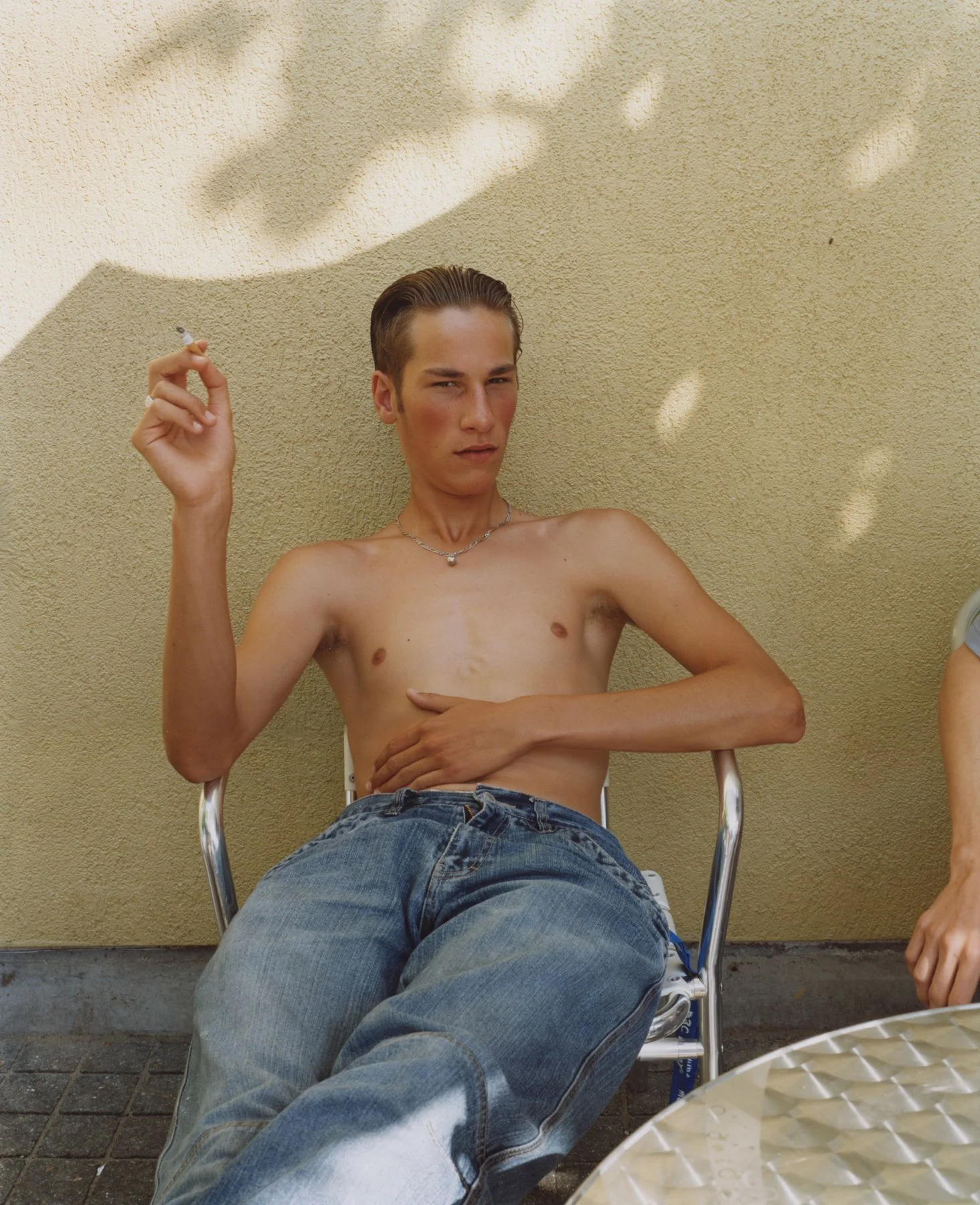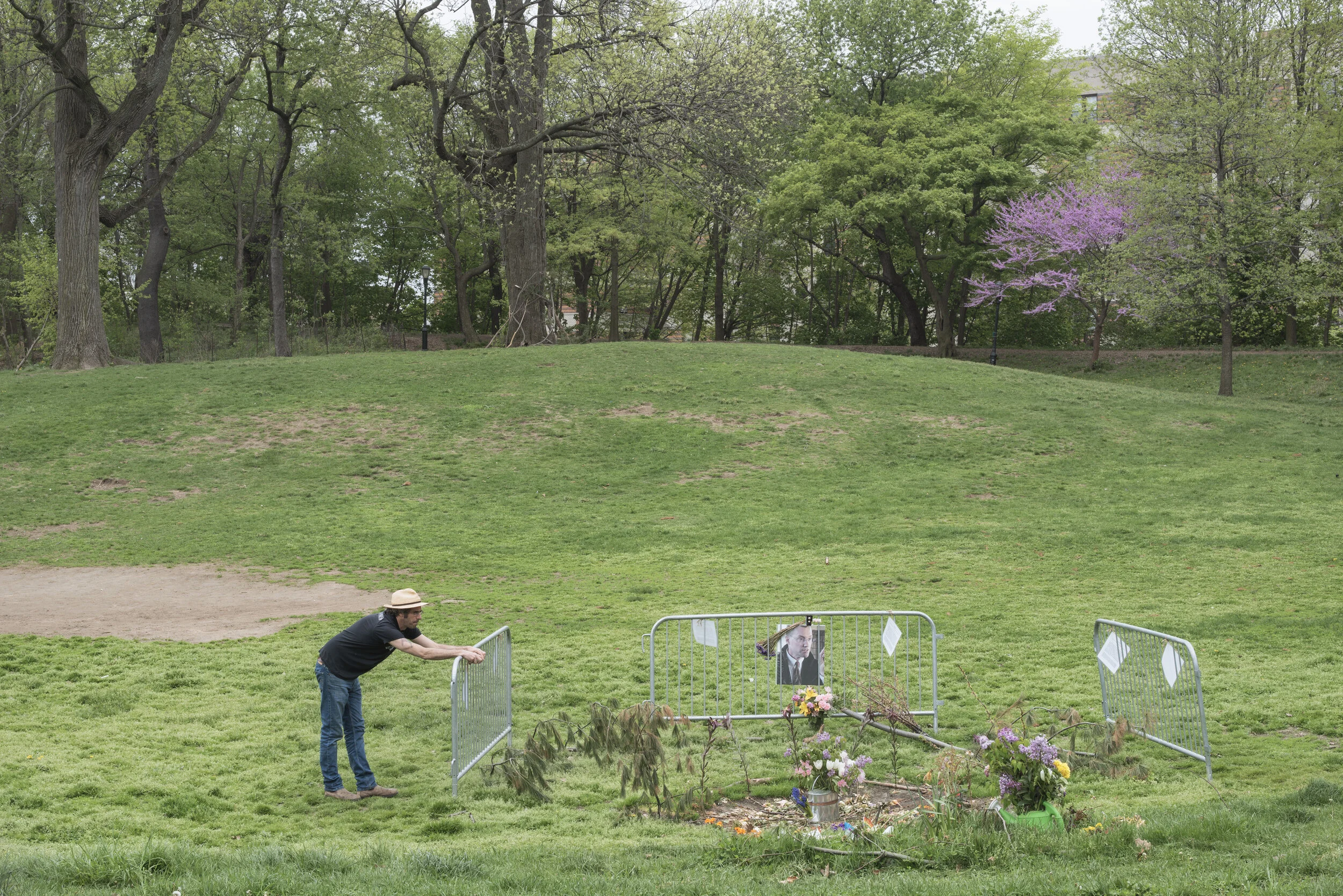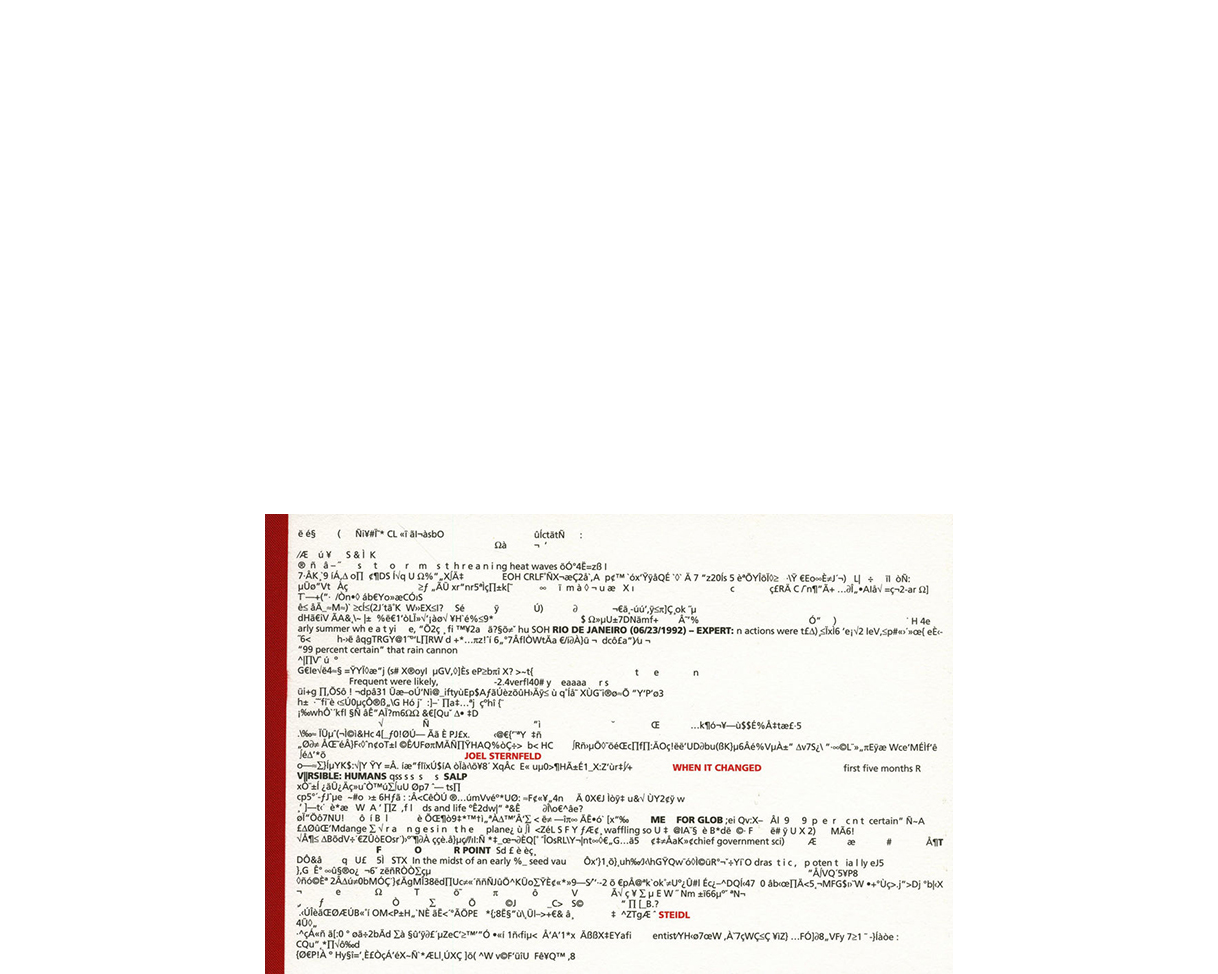A young man preparing to serve a hot dog on a croissant, Hotel Rialto, Tacna, Peru
A young man preparing to serve a hot dog on a croissant, Hotel Rialto, Tacna, Peru
Situated at the edge of the driest desert on earth, Tacna is a small mining center. The city is noted for its patriotism as a result of its central role in the Peruvian war for independence from the Spanish.
At the Hotel Rialto the only item on the menu is a hot dog served on a croissant.
Sausage (a precedent to the modern day hotdog) has been referenced as early as the 9th century BC in Homer’s The Odyssey. The origin of the modern hotdog is much contested by cities throughout Europe. In 1987, the city of Frankfurt, Germany, celebrated the 500-year anniversary of the creation of the frankfurter.
Tacna, Peru, Encyclopedia Britannica, 2016.
https://www.britannica.com/place/Tacna-Peru
Tacna, a city in Southern Peru near the border of Chile, has a long and varied history of ownership. When conquistadors arrived from Spain in the 16th century they claimed the land around Tacna as their own despite the fact that Aymara Indians inhabited it. As a colony under Spanish rule, the town was renamed “San Pedro de Tacna” and was known for its “fertile soil and cool climate.” In 1826 Tacna became known as the “Heroic City of Tacna” for it’s central role in the Peruvian war for independence from the Spanish. This deeply rooted Peruvian patriotism has been a part of the identity of Tacna to the present day, somewhat ironically due to the fact that Tacna was given to Chile as a part of the 1883 Treaty of Ancón at the conclusion of the War of the Pacific. The city spent 46 years as a part of Chile until it was gifted back to Peru in a final settlement deal in 1929.
Dachshunds, Dog Wagons and Other Important Elements of Hot Dog History, American Meat Institute, 2016.
http://www.meatinstitute.org/sites/hot-dog.org/ht/d/sp/i/38594/pid/38594
In this article, the American Meat Institute outlines the history of what we now know as the “hot dog.” Sausage (the hot dog’s predecessor and arguably it’s closest meat cousin) is “one of the oldest forms of processed food” having been mentioned in Homer’s The Odyssey in the 9th century BC.
The origin of the modern hotdog is hotly contested. In 1987, the city of Frankfurt celebrated the 500-year anniversary of the creation “frankfurter” placing the creation of the first hotdog “five years before Christopher Columbus set sail for the new world” in 1487. However others credit butcher Johann Georghener from Coburg Germany with the invention of the "dachshund" or "little-dog" sausage in the late 1600s. The people of Vienna, Austria, also point to the common use of the word “wiener” to describe small sausages as proof of their ownership to the hotdog’s creation.
The “American Hotdog” mostly likely evolved from German immigrants living in New York City in the late 1800s. The article references a report of a German man selling dachshund sausages on “milk rolls and sauerkraut, from a push cart in New York City's Bowery during the 1860's.” From there hotdog stands began popping up throughout New York and then the rest of the country, becoming common due to their low prices and presence at popular social events like baseball games.
Starbuck, Lily, The History of the Croissant, Lucky Peach Magazine, 2016.
http://luckypeach.com/the-history-of-the-croissant/
In this article, Starbuck outlines the history of the croissant and its ingredients as it relates to the history of Europe, stating “rising and falling empires, wars, and marriages all contributed to the croissant as we know it today.”
The first iteration of the croissant can be found in the 1400s in Austria where a “crescent-shaped morning pastry” called a kipfel was common fare. However, sugar was still an “expensive luxury” in most of Europe, making the morning pastries accessible only to the “wealthiest segment of society.”
The first recorded recipe for the “puff pastry” (an essential part of the croissant fluffy texture) has its origins in17th century France when it was published in “Le Pâtissier François.” The catalog of French pastries was rapidly expanding- partially due to the fact that sugar prices had fallen. Another reason for this growth of the French pastry culture was the relocation of King Louis XIV, his family, and the court from Paris to Versailles. This shift transformed Paris into “a site of rebellion against the ancien régime, a large part of which involved meeting to discuss new ideas over tea or coffee and pastries.”
Starbuck recounts an “apocryphal” tale of how the modern croissant- one part kipfel, one part puff pastry- came to be. She writes that when Marie Antoinette (an Austrian princess) married King Louis XIV of France, she brought her love of the kipfel with her, “bringing it into fashion” in the French Court. While this story is unproven, the mixing of pastry culture between Austria and French can be accredited for the creation of a new kind of kipfel made with flakier dough.
The identity of the croissant shifted in the 20th century as economies changed, wars ranged, and the world became more globalized. During World War I “sugar rationing was common in France, and selling pastries was temporarily banned as a result.” After World War II, there was a “rise of mass-produced food” making croissants readily available regardless of the accessibility of high quality ingredients and skilled labor. American companies such as Pillsbury and Sara Lee began selling mass-produced croissants and croissant dough in the latter half of the 20th century.
Starbuck concludes that croissants have transformed from a upper class European luxury into an “ubiquitous” and international staple of human cuisine. However “French bakeries struggle with preserving tradition.” The high cost of ingredients and labor make it difficult for bakeries to produce freshly made croissants each day. She quotes American pastry chef David Lebovitz as saying “Even bakers who you wouldn’t think are selling frozen croissants are. It makes sense: a croissant costs about a euro, which is pretty cheap if you look at the cost of butter and labor. It’s not easy to make money off that.”
Candice Goucher, Charles LeGuin, and Linda Walton, Commerce and Change: The Creation of a Global Economy and the Expansion of Europe, in In the Balance: Themes in Global History (Boston: McGraw-Hill, 1998), 491–508.
The production and sale of sugar in Europe grew hand in hand with the production and sale of coffee, a beverage that is still often preferred sweetened. The production of sugar relied fully on the Caribbean and Brazilian slave trades. Once Portugal got their hands on this commodity sugars image changed from a rare spice to an addictive sweet additive. Soon after, the French and the Dutch became part of the growing sugar industry and, as sugar demand increases, so did that of coffee and slaves. The Dutch West India Company seized control of most sugar production in Brazil from 1630-1654.
The sugar industry flourished in the 17th century and the prices of sugar went down immensely. This not only allowed sugar to be something of the common man, which it had never been before, but it also resulted in even higher production of sugar and coffee, and thus, massive increases in slave labor and trade.
The Internet in a Cup, The Economist. Dec 18th 2003
https://www.economist.com/node/2281736
Coffee, and the consumption of coffee, has not only been a driving force of the economy through the slave trade, but it has also fueled the everyday economic conversation.
Coffee houses, which originated in Europe in 1650, quickly became the watering hole for intellectuals looking to converse, fueled by caffeine and sugar.














































